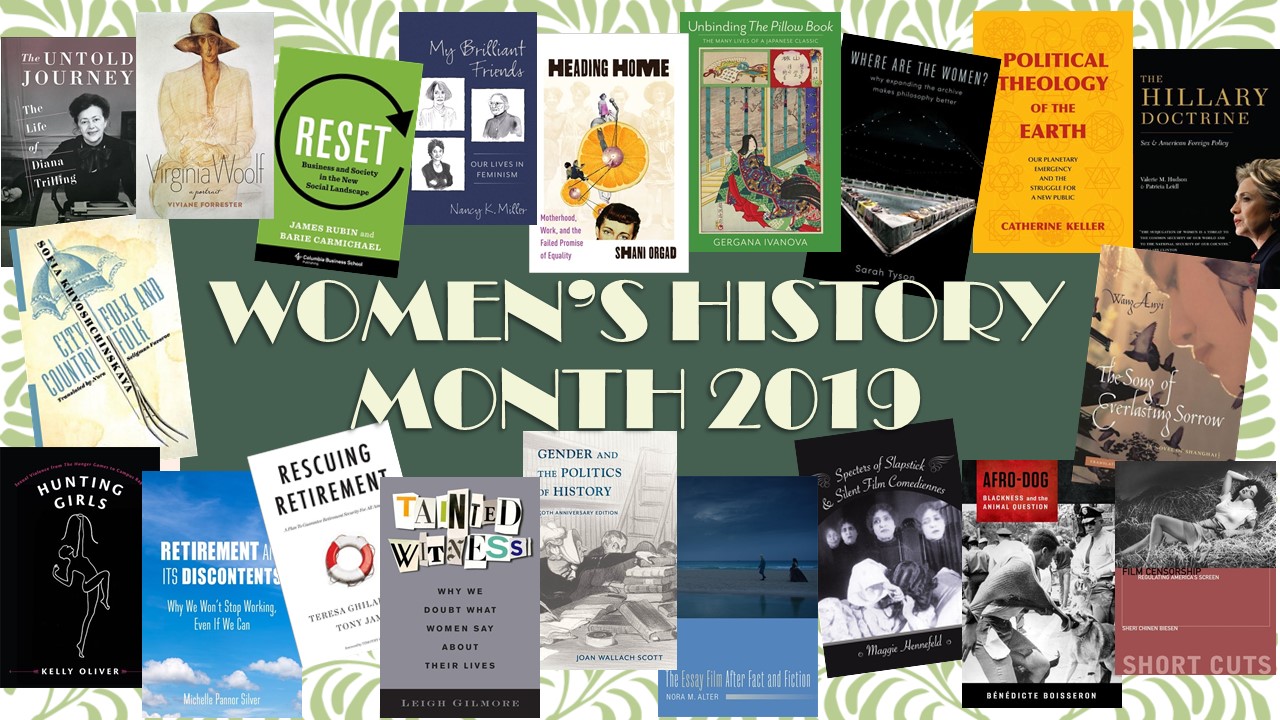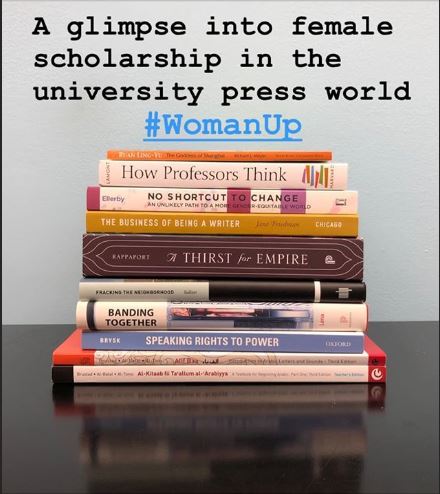Q&A: Susan Fraiman on the Meaning of “Extreme Domesticity”

“I use the term “extreme” to jar us out of the common assumption that domestic spaces are always stable, banal, and conventional—invested in traditional family values and complacently bourgeois. The goal of my book is to trouble our stereotype of domestic life by exploring versions of home at odds with the normative ideal. I do so by looking at the non-conforming households of gender rebels, the marginal households of those dealing with dislocation and economic insecurity.” — Susan Fraiman
It’s Throwback Thursday! Today we’re taking you back to this time last year when we initially introduced Susan Fraiman and her new book Extreme Domesticity: A View from the Margins. Below is a snippet from our exclusive interview with Fraiman and a preview of her book for you to peruse at your leisure. Remember to enter our drawing for a chance to win a free copy!
• • •
Q: I’m curious about your title. What do you mean by “extreme domesticity”? Are you talking about a return to pre-technological, labor-intensive homemaking—as in making our own clothes, growing our own food?
Susan Fraiman: Definitely not. In fact, I would distance myself from what is sometimes called the “new domesticity”: a zealous return to artisanal housewifery, extreme crafty-ness, often understood in counter-cultural or even feminist terms. What I do have in common with this impulse is my appreciation for the labor, skill, and potential for creativity involved in keeping house, whether or not you take a DIY approach. At the same time, I would never want simply to romanticize domestic labor or lose sight of the way women have historically been oppressed by unpaid work in their own homes or low-paid work in someone else’s.
Q: In that case, how exactly is the domesticity of your book “extreme”?
SF: I use the term “extreme” to jar us out of the common assumption that domestic spaces are always stable, banal, and conventional—invested in traditional family values and complacently bourgeois. The goal of my book is to trouble our stereotype of domestic life by exploring versions of home at odds with the normative ideal. I do so by looking at the non-conforming households of gender rebels, the marginal households of those dealing with dislocation and economic insecurity. So “extreme” has a number of meanings for me. It refers to homemakers seen as immoderate or outlandish, whose gender/sexuality is stigmatized as dangerously eccentric. It also refers to those in extreme circumstances, whose home life is precarious as a result of poverty, violence, and/or immigrant status. I consider a wide range of domestic figures, but they’re all outsiders of some kind. A few are even literally out-of-doors.
Q: Your book spans several centuries, multiple genres, and brings together a number of unlikely suspects. Who are some of the “outsider” women and men you discuss?
SF: I should start by noting that I’m a literary and cultural critic, not a social scientist. All of my examples are drawn from texts (as opposed to ethnographic research). As such they are images of domesticity, at one remove from actual lives. They do, however, tell us a good deal about how we conceive of the domestic. In addition to reflecting our views, images also have the ability to shape them. As for which texts I discuss, many are novels: from Elizabeth Gaskell’s Mary Barton (1848) to Leslie Feinberg’s Stone Butch Blues (1993) and Lois-Ann Yamanaka’s Blu’s Hanging (1997). I also take up Edith Wharton’s classic design guide, The Decoration of Houses (1897), as well as depictions of Martha Stewart, that delightfully bad girl of good housekeeping. A last chapter draws on memoirs and participant-observer accounts of homelessness.
Click here to read the complete interview.







